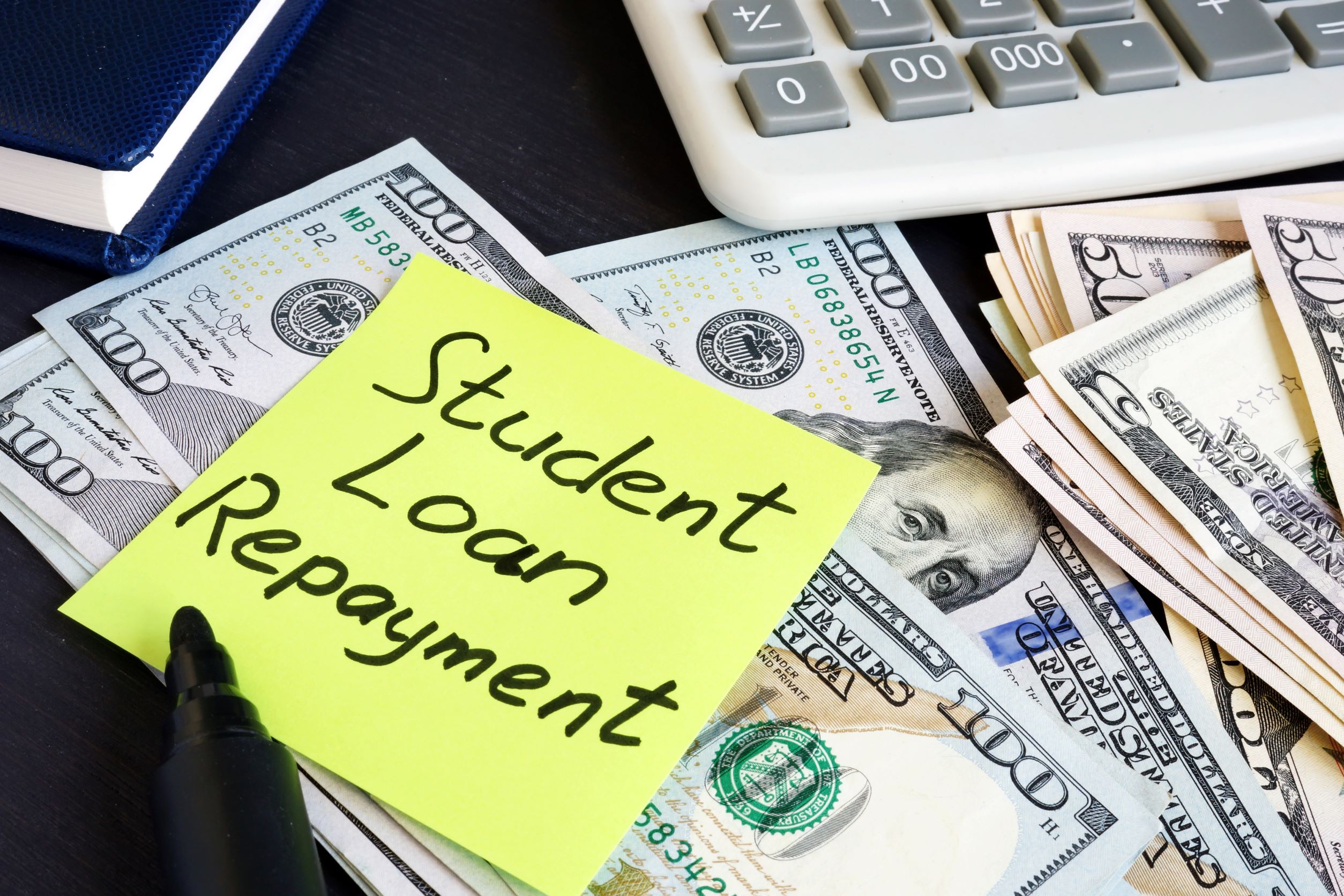
There is something for just about everyone in President Biden’s Student Debt Relief Plan: current undergraduates, graduate students, and parents alike.
But, as with all government programs, the devil is in the detail. This article will help you figure out which of the new benefits applies to you.
What is included in this student loan forgiveness program?
There are three basic components of the President’s recent student loan forgiveness program:
- Up to $20,000 of loan forgiveness
- No payments due until January 1, 2023
- A new repayment option to lower future payments
Only those with federal loans qualify
The first, and most important, question: is your loan made under the Federal Direct Student Loan Program? If so, you passed the first test!
About 90% of all college loans are made through the U.S. Department of Education’s Direct Loan Program for undergraduates, the Parent PLUS Program, and the Graduate PLUS Program, a.k.a. federal loans. If you have one of these loans, read on.
The remaining 10%, otherwise known as private loans, are offered by banks, credit unions, credit card companies, states and others. These private loans are not eligible for any benefits. If you ONLY have private loans, you can save some time and click away from this article.
Some families have borrowed both federal and private loans. For these families, the federal loans would qualify for the new benefits, but the private loans would not. If you are unsure what type of loan you have, call your student loan servicer who will be able to help you determine your eligibility for the new benefits.
What benefit(s) do current federal loan borrowers get?
Since March 2020, the interest rate on federal loans has been temporarily reduced to zero (0%), so no interest has been accumulating on these loans. Additionally, payments have been “paused,” which means that federal loan borrowers have not been required to make payments on the loans either.
Both the zero-interest rate and student loan repayment pause have been extended through December 31, 2022. However, on January 1, 2023, the loans will once again begin accruing interest and payments will need to be made. Student loan servicers will contact borrowers to remind them that payments will resume.
In addition to extending the payment pause, President Biden is creating a new option once loans enter repayment. Federal loan borrowers will be able to choose a repayment option that limits their monthly repayment amount to no more than 5% of their discretionary income. Any amount outstanding after 10 years of payments will be forgiven for borrowers with original loan balances of $12,000 or less. Contact your student loan servicer to learn more about this option.
Remember, only federal loan borrowers qualify for these benefits. Private loan interest rates were not reduced, payments for them were not paused, and the options at your disposal to make income-based repayments may be limited. Contact your student loan servicer if you have any questions.
Who qualifies for federal loan forgiveness?
To avail yourself of the big benefit, loan forgiveness, there is a second important question: how much do you make? If your income is less than $125,000 ($250,000 for joint filers), you qualify for loan forgiveness.
Borrowers who already participate in one of the income-based repayment programs and have provided their tax forms to the loan service automatically qualify for up to $10,000 of loan forgiveness.
Federal student loan borrowers who make less than $125,000/$250,000 and also received a Pell Grant while in school qualify for an additional reduction of $10,000 of the principal amount of the loan. If you’re unsure if you received a Pell Grant, check your Federal Student Aid account.
Be aware of these details related to the new benefits:
- These benefits apply to federal loans made prior to July 1, 2022.
- Students currently in school and counted as “dependents” on their parents’ tax returns will be eligible for benefits based on their parents’ income.
- This debt relief will not be subject to federal income taxes, but state and local tax levies could apply.
What do I need to do next?
Federal loan borrowers who are not currently participating in an income-based repayment plan will need to submit tax returns to their loan servicer to establish their eligibility for loan forgiveness. The U.S. Department of Education will make available an application form in early October which borrowers must complete with all the pertinent contact, loan, and relevant income information required.
The Department estimates it could take 4-8 weeks after all necessary information has been received for the student’s debt to be discharged. You’ll have until December 31, 2023 to submit your application, but the Department recommends borrowers apply before November 15, 2022 in order to receive relief prior to the expiration of the payment pause on December 31, 2022.
Some eight million borrowers may be eligible to receive relief automatically because the Department already has their income data on hand.
Helpful tip: Take a photo or screenshot of your current student loan balance to ensure your amount is correctly adjusted once forgiveness occurs.
Final thoughts
Since 2016, politicians have been talking about broad student loan forgiveness. On August 24th, President Biden used his Executive Authority to set the parameters for the new Student Debt Relief Plan, through which over $300 billion of federal student loans will be forgiven. Familiarizing yourself with all the details and nuances of the program sooner rather than later will help demystify the process and go a long way to getting you the proper loan forgiveness afforded in the plan.
Once again, contact your student loan servicer if you have any questions about your eligibility for one or more of the new benefits associated with this program.